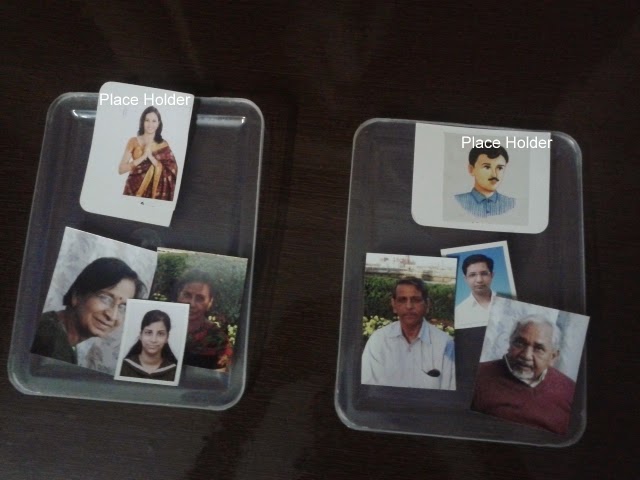Introduction to Reading : Sight Words
Learning to read could be challenging for some children with autism. However reading, at least on a functional level can help a child, whether verbal or non verbal, with communication and day to day activities.
I recently started working on reading with Tuhina and with some of the kids in my school. Children can learn reading either with phonics or with whole word approach. What approach works better would depend on individual child and their strengths. With Tuhina, I took the approach of whole word reading first, also known as sight reading to utilize her visual strength. Also sight reading would help me to introduce a few functional words which are generally encountered in public places like - toilet, water, exit, own name etc. Not that sight reading could replace phonics method but it helps in teaching words where phonic rules does not apply. Also, with a non verbal child, this could be the starting point to introduce reading and teaching with phonics can be done as a next step (or even simultaneously).
A few strategies that I am using for sight reading are:
1). Start with words that are motivating or well known to the child. Tuhina likes 'car' and 'ball', so I used these as first words to introduce sight reading. It helped me get her attention and interest in responding.
2). Initially take nouns which can be clearly associated with a picture.
3). Once the child has understood the concept and mastered a few initial words of interest we can add other words like functional words, verbs or words difficult to present in pictures like 'want', 'like' etc.
The step by step approach i followed in teaching sight words is:
1). Matching Picture + word card: As a first step, use flash cards with both Picture and word on it. Ask the child to match Picture word cards. Say the word aloud when asking the child to match the cards.
2). Gradually fade away the Picture: In the next step, make the size of picture smaller (possibly change the position of picture as well) while keeping the word more prominent.
3). Matching Picture + word to word card: Now keep the word and remove the Picture from one of the cards. The child should be able to match just the written word with picture/word.
4). Identification of word: Now ask the child to give the corresponding word card when you say the word. e.g when you say 'give me car' the child should be able to give the word card with 'car'. Verbal children should be able to answer 'car' when you show the written word and ask 'what is this?'
One issue that I faced with Tuhina was in getting a expressive response as she being non verbal, she could not answer the 'what' question and I could not be sure of her understanding only with a receptive response. What worked for me was showing her a picture of a car and ask the question 'what is this?' and she would give me or point to the word 'car' from an array of sight words.
I have just started out with a few noun words and would next be introducing a few words that would help in functional reading. A list of Dolch words can also be taken from the internet which are a list of frequently used words english words. I plan to use some of these words at a later stage.
Like I said, each child would learn differently. With some children a few steps could be skipped and a few would need more generalizations. So the steps would be needed to be improvised a per the child. This is just how I am working with my kids and seeing some good results.
I plan to introduce phonics pretty soon as well and hope to see my kids reading and using their reading skills one fine day :)




Comments
Post a Comment